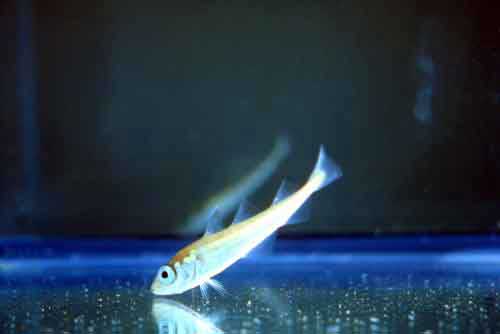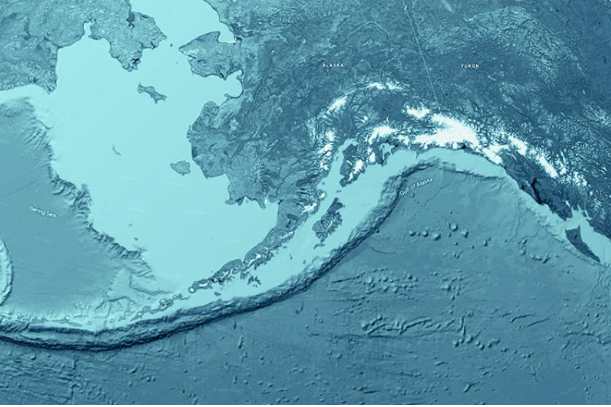
Preliminary results of NOAA Fishery’s winter 2018 acoustic surveys for Kodiak and the Shumagin Islands, southwest of Kodiak in the Aleutians, bode well for 2019 Pollock fisheries in those areas.
“We are seeing lots of fish,” NOAA Fisheries biologist Darin Jones told harvesters during ComFish 2018 – Alaska’s largest commercial fisheries forum and trade show.
The final report won’t be completed until summer. It will then go to the groundfish plan team, which makes recommendations to the North Pacific Fishery Management Council, but Jones said he expects no significant changes in the numbers.
The acoustic surveys show lots of 2012 year class Pollock, which have started reproducing, so there is a fairly large one-year old-year class coming into the fishery right now, and that’s a good sign, he said. Overall the acoustic surveys show results similar to amounts observed last year, he added.[xyz-ihs snippet=”adsense-body-ad”]
Pollock are spawned in March, and the numbers of young Pollock observed in June, July and August of last year showed that they are survived the roughest life stage, he said.
Eophausiid, small shrimp-like crustaceans, are a major food source for young Pollock. The young Pollock, in turn, are a food source for many other marine species, from whales and sea lions to cod, arrowtooth flounder and even Pollock, who are cannibalistic by nature.
Along with the acoustic surveys, harvesters heard a presentation from NOAA Fisheries research biologist Patrick Ressler, on innovative tools aimed at improving their surveys, including the use of Saildrones, carrying acoustics packages, which can be monitored from a desk in the office.
Word of a healthy abundance of Pollock was good news to Kodiak harvesters, who saw their allowable catch quota for Pacific cod cut by 80 percent, due to a dramatically decreased number of cod found in surveys of the Gulf of Alaska.
The exvessel value of cod is higher than for Pollock, but the pounds delivered in Pollock is so much better, said Julie Bonney, executive director of the Alaska Groundfish Data Bank. Last year Kodiak area harvesters brought in 243 million pounds of Pollock, and 59 million pounds of cod, she noted. In addition, the young Pollock managed to survey the Pacific Blob, a pool of exceptionally warm water observed last year in some areas of the Alaska coastline. The blob began in late 2013 and persisted at least into 2016.
Fishermen’s News Online grants permission to the Alaska Native News to post selected articles. Read More at: Fishermen’s News Online.









